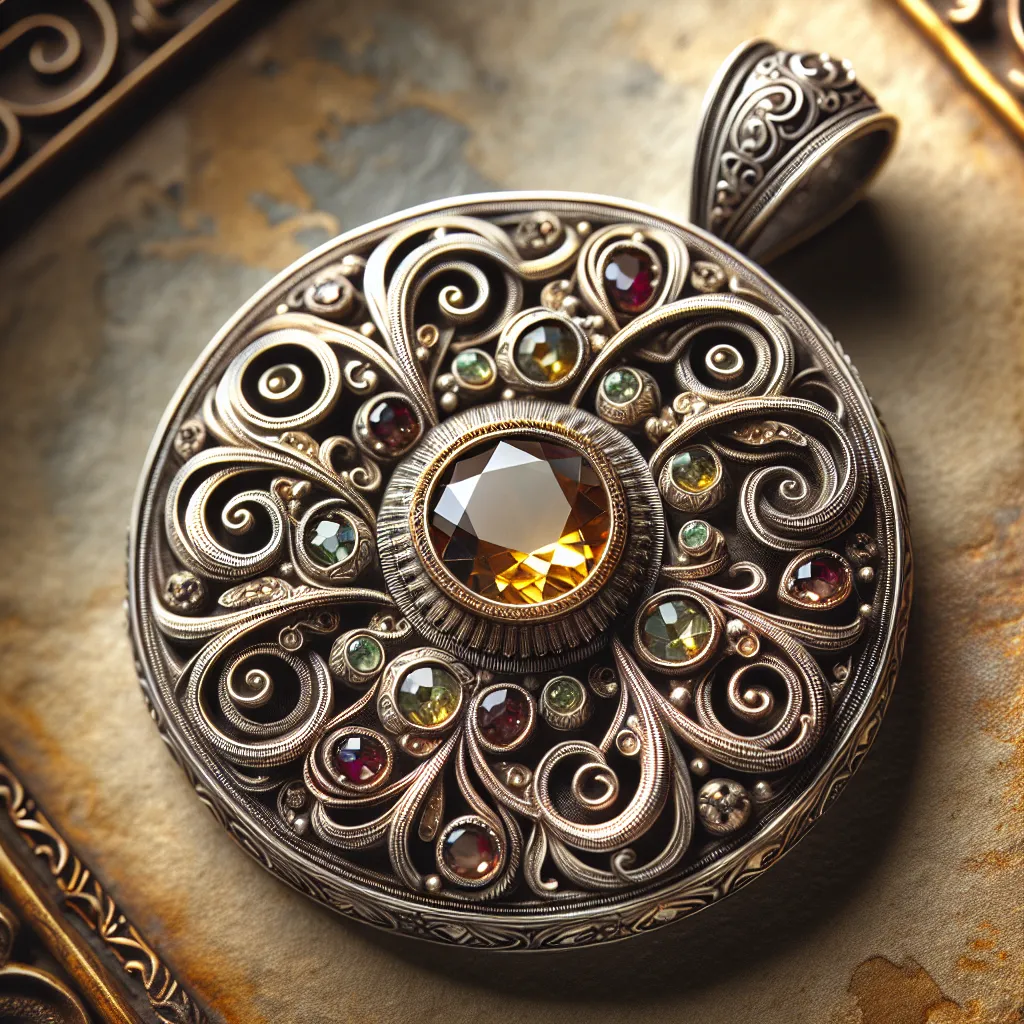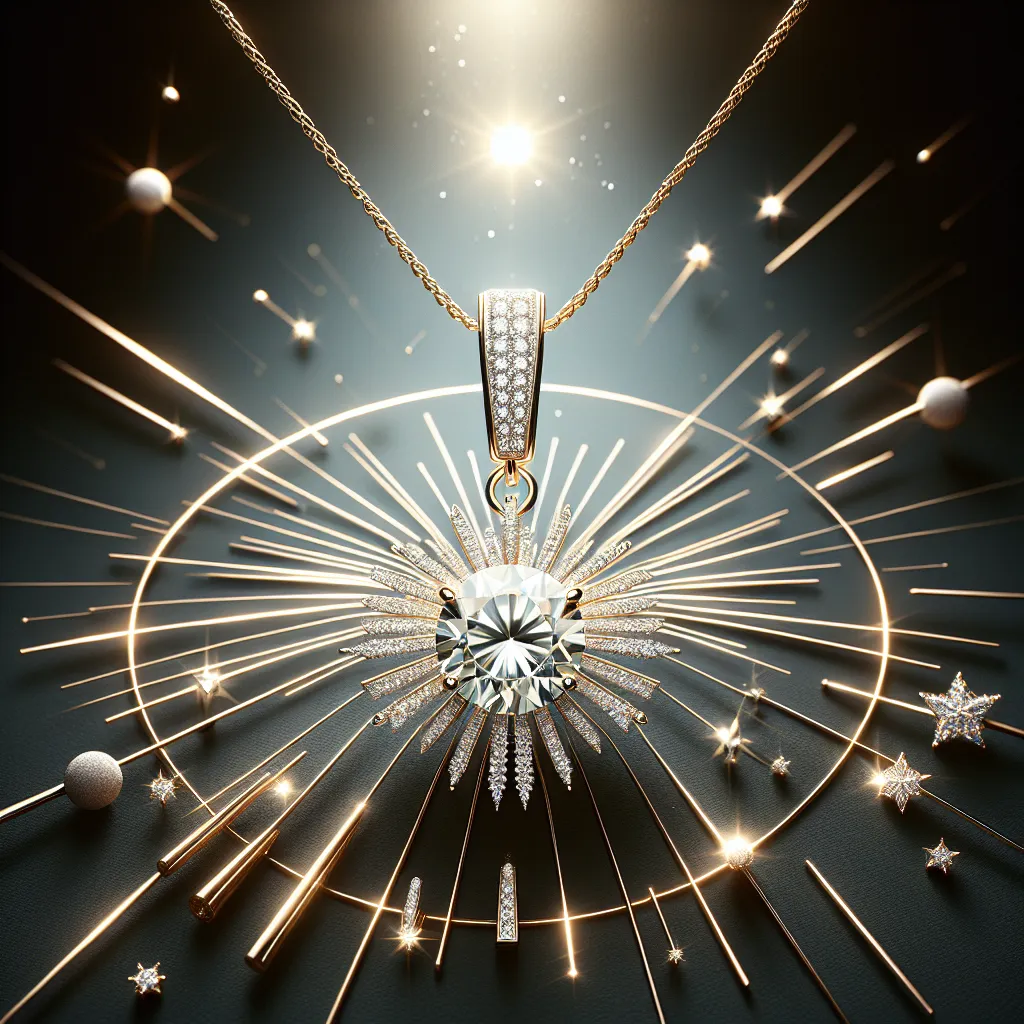The Origins of Pendants: A Historical Perspective
The history of pendants dates back to ancient civilizations, where they held significant cultural and religious symbolism. The origins of pendants can be traced back to the prehistoric era, where early humans adorned themselves with natural materials such as shells, bones, and feathers. These adornments were not only decorative but also held symbolic meaning, signifying status, spirituality, and protection.
As human civilizations developed, so did the pendant. In ancient Egypt, pendants were crafted with precious metals and gemstones, often depicting deities and religious symbols. These pendants were worn not only for aesthetic purposes but also as powerful talismans, believed to bestow protection and blessings upon the wearer.
Similarly, ancient civilizations in Mesopotamia, Greece, and Rome also embraced the significance of pendants, incorporating intricate designs and symbolisms into their jewelry. Pendants became a reflection of cultural beliefs, with each civilization infusing its unique artistic styles and religious motifs into the crafting of these adornments.
Throughout history, pendants have evolved alongside human creativity and craftsmanship. From the symbolic pendants of the medieval period to the ornate Renaissance pendants adorned with pearls and enamel, each era brought forth its own interpretation of this cherished jewelry piece.
Today, the tradition of wearing pendants continues, with modern artisans drawing inspiration from the rich historical tapestry of pendant design. Whether it’s a sleek and minimalist pendant or a bold statement piece, the historical significance of pendants endures, reminding us of the timeless allure and deeply embedded cultural roots of these exquisite adornments.
The Transformation of Pendants over the Centuries
Throughout the centuries, pendants have undergone a remarkable transformation, evolving from simple talismans to intricate pieces of jewelry that reflect cultural, religious, and artistic influences. The history of pendants dates back to ancient civilizations, where they were used as protective amulets and symbols of status and power. In ancient Egypt, pendants were crafted in various materials such as gold, precious gemstones, and glass, often featuring symbols of deities and spiritual beliefs.
During the Middle Ages, pendants adorned with religious motifs became prominent, serving as expressions of faith and devotion. Intricately detailed crosses, saints, and religious symbols were commonly worn as pendants, emphasizing the importance of spirituality in medieval society.
The Renaissance period witnessed a transformation in pendant design, with emphasis on aesthetics and craftsmanship. Pendants became more ornate, incorporating intricate filigree work, enamel detailing, and gemstone settings. The Renaissance also saw the introduction of portrait pendants, which featured miniature paintings or engravings, showcasing the artistry of the era.
As the world entered the modern era, pendants evolved to reflect changing fashion trends and cultural movements. The Art Nouveau period brought forth nature-inspired pendant designs, featuring flowing lines, organic motifs, and the use of non-traditional materials such as horn and ivory. The Art Deco movement that followed embraced geometric shapes, bold colors, and the use of materials like platinum and lacquer, resulting in striking and avant-garde pendant designs.
Today, the evolution of pendants continues, with contemporary designers experimenting with innovative materials, technology, and artistic concepts. Pendants have become versatile accessories, ranging from delicate everyday pieces to bold statement jewelry, catering to diverse styles and preferences.
In conclusion, the transformation of pendants over the centuries mirrors the shifting influences of culture, religion, art, and fashion. From their origins as protective talismans to their current status as expressive adornments, pendants have remained enduring symbols of human creativity and personal expression.



